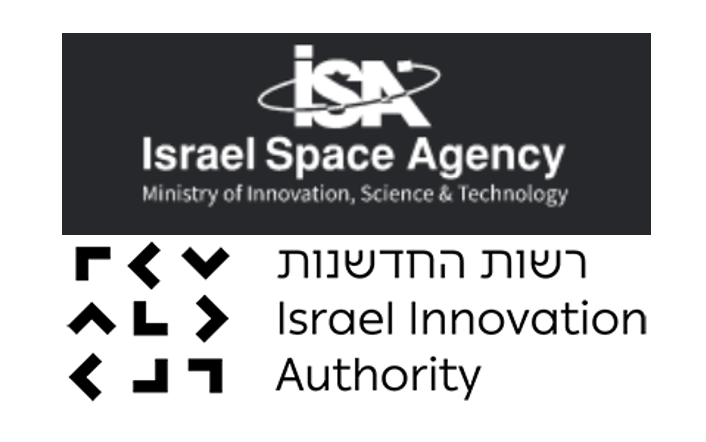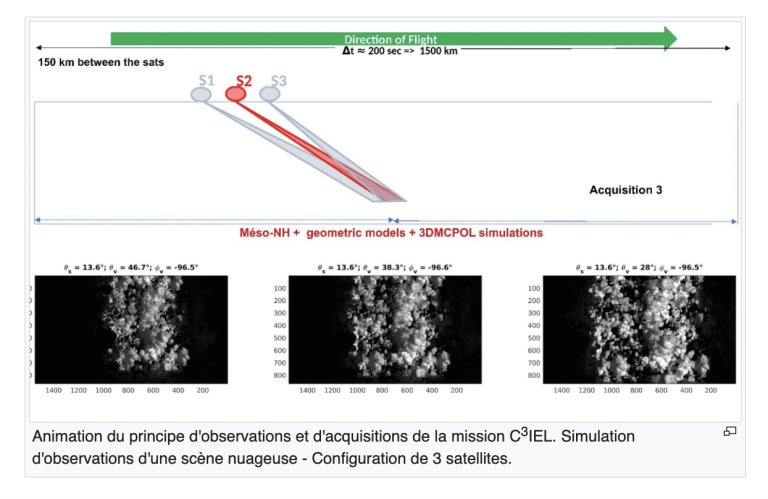Bar-Ilan, Volcani, Ariel (Israël) : un satellite pour surveiller en temps réel l’état hydrique des parcelles de vigne

[:fr]

Le Dr Helman estime que « ces technologies sont une approche prometteuse pour la surveillance des systèmes de végétation ». Des essais devraient être également effectués à l’aide d’images disponibles gratuitement, qui ont une résolution spatiale (10-20 m) et temporelle (5 jours) plus grossières que celles de Planet. À terme, ce système pourrait permettre une gestion en temps réel de l’irrigation, plus fine et plus rapide.
Auteur Xavier Delbecque pour Réussir Vignes (via koide9enisrael) avec Israël Science Info
Publication dans essoar, 13 février 2019
[:en]Lianas—woody vines, including grapes—are structural parasites. Climbing on their hosts to get to the sunlight means lianas can spend less energy supporting themselves, devoting more to producing leaves and fruit.
The risk is that their wood is less robust to stress, like freezing cold temperatures. As the water in the plant’s veins gets cold, air bubbles form, which can mean death. Temperate lianas such as grapes have various adaptations to deal with the cold, including an ability to generate positive root water pressure: in the spring, pruned grapes will drip or even erupt water from their root stock, which helps clear the veins of possible air bubbles.
In the field, stem water potential can be measured using electric probes, but it is difficult and time consuming. Leveraging satellite imagery could make those field measurements more efficient, allowing stem water potential to be estimated over larger areas and over different time periods.
Here, David Helman and his team utilized Planet’s high-revisit Dove imagery to produce weekly estimates of stem water potential over commercial vineyards in Israel: “the approach presented here shows promise in exploiting these technologies, which include resolving the mixed-pixel problem in agriculture as well as in the ecological monitoring of natural vegetation systems from satellites.”
Helman and team also used the Google Earth Engine platform to ingest and process Planet data: “The tools developed here, i.e., the combination of Planet images and GEE platform, with the aforementioned mixed-pixel separation approach, may be also used for water status monitoring of agricultural fields other than vineyards.”
David Helman and his team of Israeli researchers used a combination of field measurements and Planet Dove images to produce estimates of stem water potential for commercial vineyards. Effective management of water stress is among the greatest challenges in viticulture, and enabling it from space could improve efficiency in irrigation and fertilizer application.
The full paper is available via open access from the journal Remote Sensing.[:]









